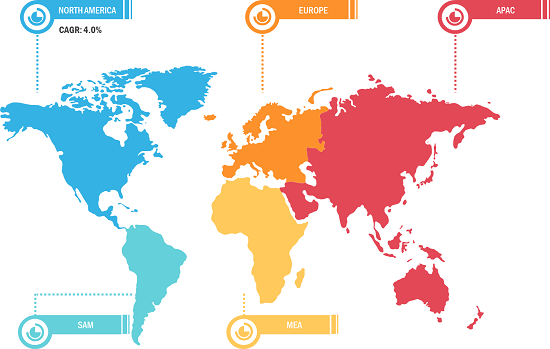The global turbo trainer market size is expected to reach US$ 311.92 million by 2028, registering a CAGR of 3.9% from 2022 to 2028, according to a new research study conducted by The Insight Partners.
Increased Demand for Smart Turbo Trainer Drives Turbo Trainer Market Growth
The report highlights key factors driving the market growth and prominent players along with their developments in the market.
Turbo trainer are cost-effective, home fitness equipment that make cycling convenient indoors. The launch of fitness apps such as Zwift and Rouvy, which deliver a platform for consumers to interact, train, and compete virtually, is propelling the demand for smart turbo trainers. Further, the rising health awareness among consumers, growing consumer spending power, surging urban population, and technological advancements in turbo trainers are bolstering the turbo trainer market growth.
The fitness sector has witnessed tremendous growth in the past few years. Furthermore, a surge in the participation of women in physical activities has given a boost to the gym culture. Obesity is a major health concern worldwide; as a result, the number of gyms has increased across the region. These factors have propelled the demand for fitness equipment such as turbo trainers at home gyms and residential fitness stations. Moreover, the growing online fitness training sessions have added to the demand for home fitness equipment.
Elite; Garmin Ltd.; Kurt Manufacturing; Minoura Co. Ltd.; Nautilus, Inc.; Saris; Technogym SpA; Wahoo Fitness; Jetblack Cycling; and Wattbike Ltd. are the key players operating in the turbo trainers market. These companies have a widespread global presence, through which they provide a wide range of products for their customers. These market players are highly focused on developing products using advanced technology platforms to serve their customers better.
Impact of COVID-19 Pandemic on Turbo Trainers Market
Before the onset of the COVID-19 pandemic, the turbo trainer market was primarily driven by the surging demand for fitness and training equipment owing to rising consumer awareness regarding health and fitness, and an increase in the number of health-conscious millennials. However, the fitness equipment industry experienced adverse impacts of the pandemic during the first quarter of 2020 due to the shutdown of sports equipment specialty stores and the imposition of restrictions that forced people to stay at home. The COVID-19 pandemic also led to the economic recession in the initial months of 2020, which created financial difficulties for low-income and mid-income consumers. As a result, people limited their purchases to essential products, such as groceries and medical products, which, in turn, reduced the sales of turbo trainers. However, after the relaxations in restrictions imposed on specialty stores and online retail deliveries, the turbo trainer market began reviving in late 2020 and 2021. Moreover, as consumers could not head out for cycling amid lockdown measures as well as social distancing guidelines, the purchase and use of turbo trainers increased notably.
Turbo Trainer Market Breakdown – by Region
Turbo Trainer Market Forecast to 2028 - COVID-19 Impact and Global Analysis By Product Type (Regular Trainers and Smart Trainers) and Distribution Channel (Specialty Stores, Online Retail, and Others)
Turbo Trainer Market Strategic Insights by 2028
Download Free Sample
The report includes the segmentation of the global turbo trainer market as follows:
Based on product type, the turbo trainer market is segmented into regular trainers and smart trainers. In 2021, the smart trainers segment accounted for a larger revenue share and is expected to account for the highest CAGR during the forecast period. Based on distribution channel, the turbo trainer market is segmented into specialty stores, online retail, and others. In 2021, the specialty stores segment accounted for the largest revenue share, and the online retail segment is expected to account for the highest CAGR during the forecast period.
By geography, the turbo trainer market is broadly segmented into North America, Europe, Asia Pacific (APAC), the Middle East & Africa (MEA), and South & Central America. The North American turbo trainer market is further segmented into the US, Canada, and Mexico. The market in Europe is subsegmented into Germany, France, the UK, Italy, Russia, and the Rest of Europe. The Asia Pacific turbo trainer market is segmented into China, India, Japan, Australia, South Korea, and the Rest of Asia Pacific. The market in Middle East & Africa (MEA) is further segmented into South Africa, Saudi Arabia, the UAE, and the Rest of MEA. The turbo trainer market in South & Central America is segmented into Brazil, Argentina, and the Rest of South & Central America.
Contact Us
Phone: +1-646-491-9876
Email Id: sales@theinsightpartners.com